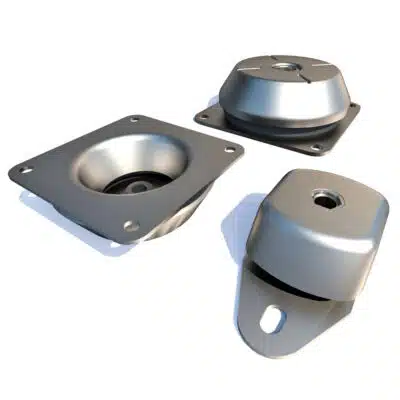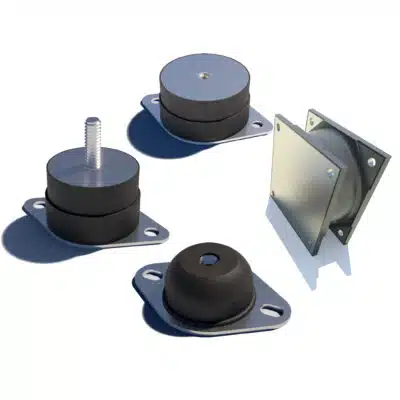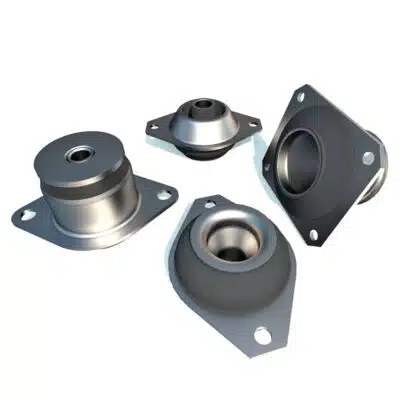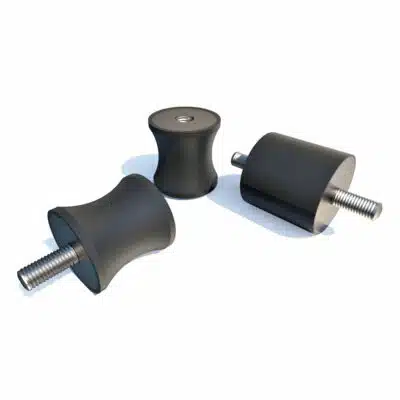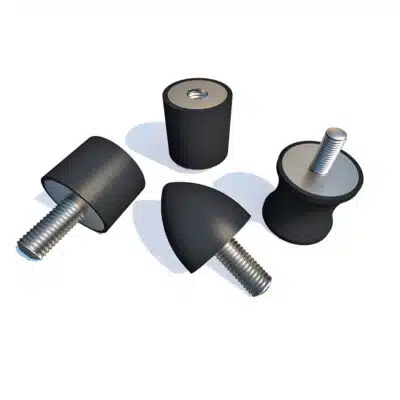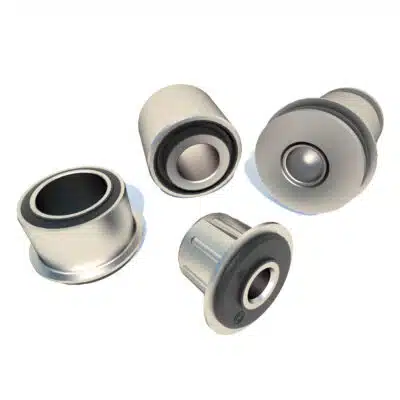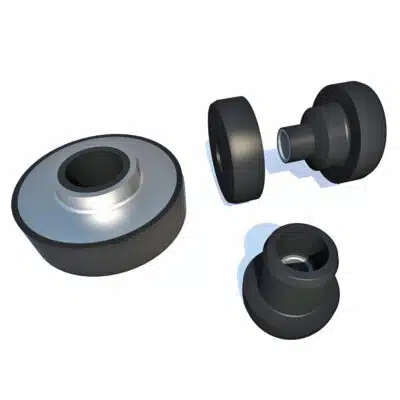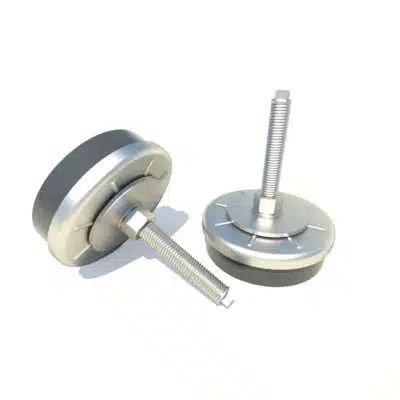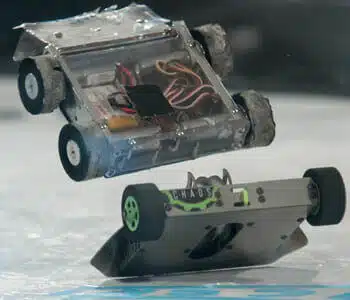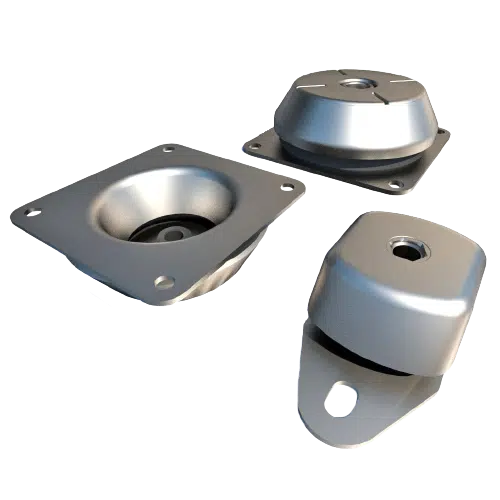What makes rubber the ideal anti-vibration material?
Each of our buffers, bushes and mounts use rubber to isolate vibration. But what is it about rubber that makes it ideal for the job?
Whether it’s an engine, a motor, a pump or a generating set – whatever your equipment is designed to do, there’s an inevitability that it will also generate something less welcome too: vibration.
The rubber that is used in Fibet’s bushes, bobbins and engine mounts is excellent at isolating and reducing vibration because of its insulation capabilities and resilience. The natural insulation provided by rubber ensures that vibration is absorbed, not conducted, while resilience is seen in rubber’s ability to recover from deformity. Rubber can withstand significant deformation whilst still returning to its original shape time after time. This is essential in applications where a mount or buffer is subject to multiple and frequent stress forces (such as those found in an automotive engine).
The key to this elasticity lies in the long chains of molecules that form to create natural rubber when vulcanised (that is, when cross-linked with sulphur atoms at high temperature). At this point, the rubber’s strength and integrity is increased still further, creating the rubber that we know, and making it suitable as a vibration isolator for industrial use.
> Discover more about our technical expertise and project management
The hardness of the rubber is critical – too soft, and there’s a risk the application’s stress forces will overwhelm the rubber’s ability to recover from deformity, damaging the mount (and the engine/pump/motor that sits on it) and reducing its effectiveness. Too hard, and there is the risk that the rubber won’t reduce the vibration, but merely pass the vibration through the mount into the adjoining components. This will result in early failure of the application.
The environment is a major consideration. Rubber is highly adept at resisting heat and water, but intense heat, pressure or vibration may require a specific composition of rubber.
The natural frequency of the mounts, bushes or bobbins also needs to be considered. If it coincides with the frequency of the equipment, the result can be resonance, which is the magnification, rather than the eradication of vibration.
For help in identifying the right anti-vibration buffers, bobbins and engine mounts, call Fibet now on 01282 878200 or email us at sales@fibet.co.uk
> View our range of engine mounts
> View our range of anti vibration mounts
> Download Our Replacement Engine Mount Guide (PDF)

